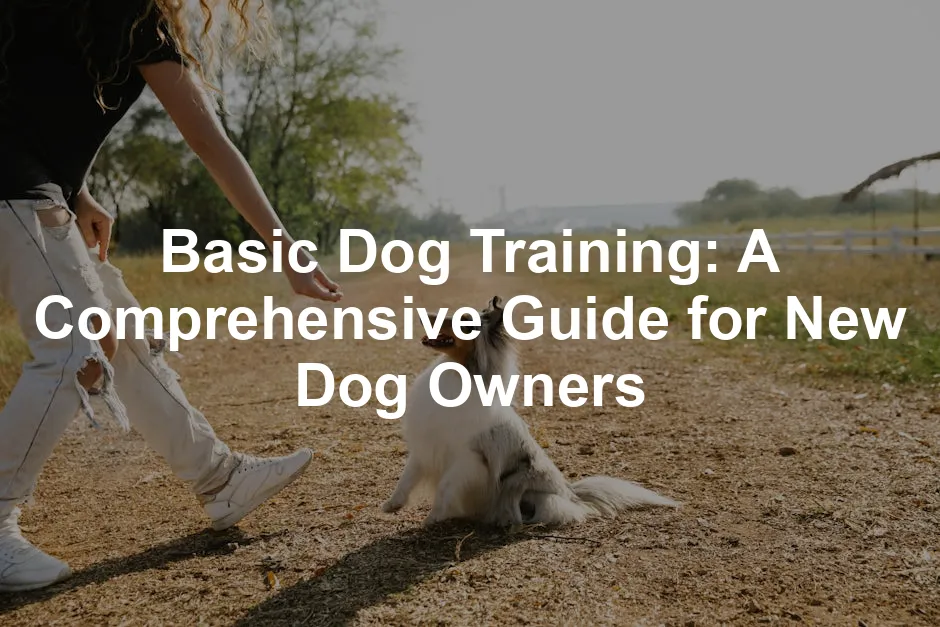Introduction
Basic dog training is crucial for new owners. It builds a strong bond between you and your furry friend. Proper training helps your dog understand expected behavior. Training benefits both puppies and adult dogs alike.
And what better way to motivate your pup than with some tasty Dog Training Treats? These little nuggets of joy are perfect for rewarding good behavior and keeping your dog engaged during training sessions.

Summary and Overview
Basic dog training involves teaching essential commands and social skills. It enhances your dog’s behavior, making them more manageable and safe. Training can prevent issues like excessive barking or jumping. Various methods exist, but positive reinforcement is widely recommended. In this post, we’ll cover key commands, effective techniques, and common challenges. You’ll also learn why training is beneficial for both you and your dog.
Speaking of effective methods, a Clicker Training Device can be a game changer! This handy tool helps you mark the exact moment your dog does something right, making it easier for them to learn and for you to teach.
Understanding Dog Training
What is Dog Training?
Basic dog training teaches dogs how to behave properly. It aims to instill obedience, socialization, and behavior management. The main goals are to create a well-behaved dog and foster a safe environment.
Training encourages good behavior, reducing stress for both you and your pet. Statistics show that around 80% of dogs face behavioral issues due to a lack of training. This highlights the importance of starting early and remaining consistent. Effective training methods include positive reinforcement, which builds trust and respect. For more on this topic, check out effective positive reinforcement techniques for stubborn dogs.
Understanding effective training methods is essential for dog owners. Learn more about positive reinforcement techniques.
Are you ready to commit to training your dog? It can lead to a happier, healthier relationship.
How Do Dogs Learn?
Understanding how dogs learn is essential for effective training. Dogs primarily learn through associative learning. This process includes classical conditioning and operant conditioning. In classical conditioning, dogs form connections between stimuli. For example, a dog learns that the sound of a bell means food is coming, just like Pavlov’s famous experiment.
Operant conditioning focuses on the consequences of behavior. When a dog performs a desired action, it receives a reward. This can be a treat, praise, or playtime. Positive reinforcement is a powerful tool in training. It encourages dogs to repeat good behaviors. Dogs thrive on rewards, so identifying what motivates them is crucial.
And speaking of rewards, having a reliable Dog Training Book can help you understand various techniques and tips for training your dog effectively. Trust us, knowledge is power!
Consistency plays a significant role in the learning process. Dogs need clear and repeated signals to grasp commands. Being patient is just as important. Each dog learns at their own pace. Some may pick up commands quickly, while others need more time.
So, what motivates your dog the most? Take a moment to observe and find out!
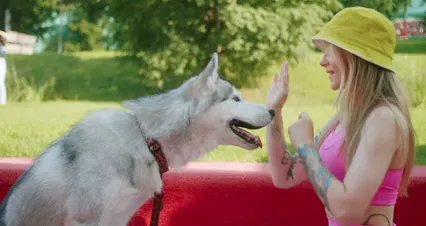
Fun Tricks to Engage Your Dog
Teaching your dog fun tricks is more than just entertainment. These tricks provide mental stimulation, keeping your furry friend engaged and happy. Dogs thrive on challenges, and learning new skills can boost their confidence. Plus, it strengthens the bond between you and your pup.
Some easy tricks to start with include:
- Shake: Have your dog sit, then gently lift their paw while saying “shake.” Reward them when they offer their paw.
- Roll Over: Start with your dog in a lying position. Use a treat to guide them in a circular motion, encouraging them to roll over. Praise them when they do!
- Play Dead: Once your dog knows how to lie down, you can teach them to play dead. Use a treat to guide them on their side while saying “bang” or “play dead.”
Positive reinforcement is key. Use treats, praise, or playtime as rewards. This approach not only encourages good behavior but also makes training enjoyable. Dogs love to impress their owners, so celebrating their achievements is essential.
If you’re looking for a great way to reward your dog during training, consider a Dog Treat Dispenser. This interactive toy not only rewards your dog but also keeps them entertained! It’s a win-win!
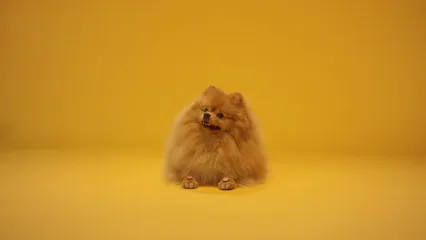
What tricks does your dog enjoy? Share your favorites in the comments!
Common Training Challenges and Solutions
Training your dog can come with its share of hurdles. Many owners face issues like excessive barking, jumping, or even chewing on furniture. These behaviors can be frustrating, but they are manageable with the right approach. For insights on managing barking, check this link: understanding and managing excessive barking in dogs.
Addressing common training challenges is vital for dog owners. Learn more about managing excessive barking.
One common issue is barking. Dogs bark for many reasons, such as boredom or alerting you to something. To tackle this, first identify the trigger. If your dog barks at the mailman, consider redirecting their attention with a toy or treat. Teaching a “quiet” command can also help. Reward your dog when they stop barking, reinforcing the desired behavior.
Jumping is another frequent challenge, especially when dogs greet visitors. To curb this, avoid giving attention when your dog jumps. Instead, ask them to sit when someone arrives. Reward them for sitting calmly. This teaches your dog that good behavior gets them noticed.
Chewing can be a sign of anxiety or boredom. Providing plenty of Dog Chew Toys can help redirect this urge. If your dog chews on furniture, interrupt the behavior and guide them to an appropriate toy.

Patience and consistency are key when addressing these challenges. Remember, all dogs learn differently. Some may take longer to grasp commands, and that’s perfectly normal. Celebrate small victories along the way, and don’t hesitate to seek help from a professional trainer if needed.
Training is a journey, not a sprint. Stay patient, remain consistent, and enjoy the process of learning alongside your furry friend!
The Importance of Socialization
Socializing Your Dog
Socialization is crucial for your dog’s growth and happiness. It helps them feel comfortable around new people, animals, and environments. A well-socialized dog is often more confident and less fearful.
Begin socializing your dog early, ideally during their puppy stages. Introduce them to various settings, such as parks, busy streets, and pet-friendly stores. Gradual exposure to different sights, sounds, and smells can help them adjust.
When socializing, prioritize positive interactions. Allow your dog to meet friendly dogs and people. Reward them with treats or praise when they remain calm. This builds a positive association with new experiences.
If you want to ensure your dog is safe while having fun, consider investing in a Dog Harness. It provides comfort and security during your outings, ensuring your pup stays safe while exploring!
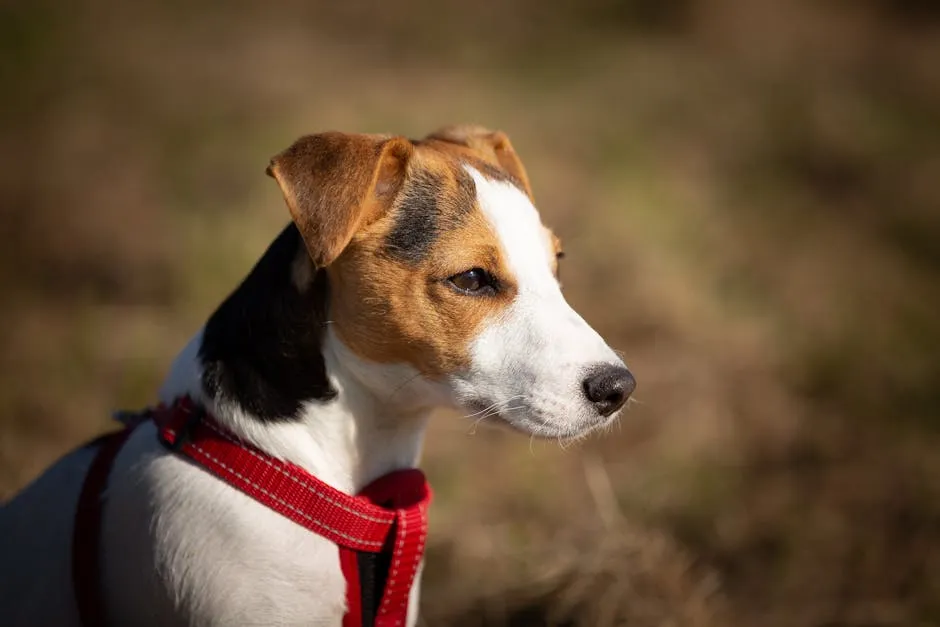
Another great way to socialize your dog is through puppy classes. These classes offer structured interactions with other dogs and people. They’re a safe space for your dog to learn and play.
Remember, the goal is to create a confident and well-adjusted dog. So, take your furry friend to different environments. The more they experience, the better they’ll adapt to new situations!
FAQs
How long should training sessions be?
For puppies, keep sessions around 5 to 10 minutes. Adult dogs can handle sessions of 10 to 15 minutes. Short, frequent training helps maintain focus and interest.
What should I do if my dog doesn’t respond to commands?
First, check for distractions. Use high-value rewards to motivate your dog. If they still don’t respond, try changing your tone or environment. Consistency and patience are key.
When should I start training my puppy?
Begin training as early as 6 to 8 weeks old. Early training helps establish good habits and boosts confidence.
Can older dogs be trained?
Absolutely! Adult dogs can learn new skills and commands. It may take more time, but with patience, they can thrive.
What are the benefits of obedience classes?
Obedience classes provide structure and socialization. They offer professional guidance, helping you tackle challenges more effectively.
How can I reinforce good behavior?
Use treats, praise, or toys to reward good actions immediately. Consistently rewarding positive behavior strengthens the desired habits.
What is the best way to correct unwanted behavior?
Redirect your dog’s attention to a positive action instead of punishing them. Use rewards and praise to reinforce good behavior instead.
And don’t forget, having a Dog First Aid Kit on hand is essential for every dog owner. Accidents happen, and being prepared can make all the difference!
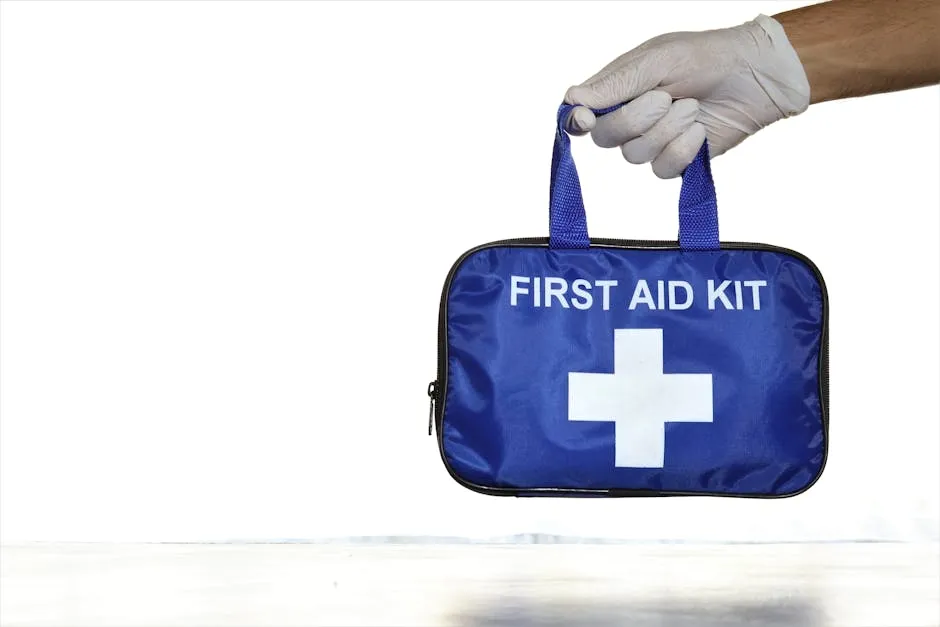
Please let us know what you think about our content by leaving a comment down below!
Thank you for reading till here 🙂
All images from Pexels

